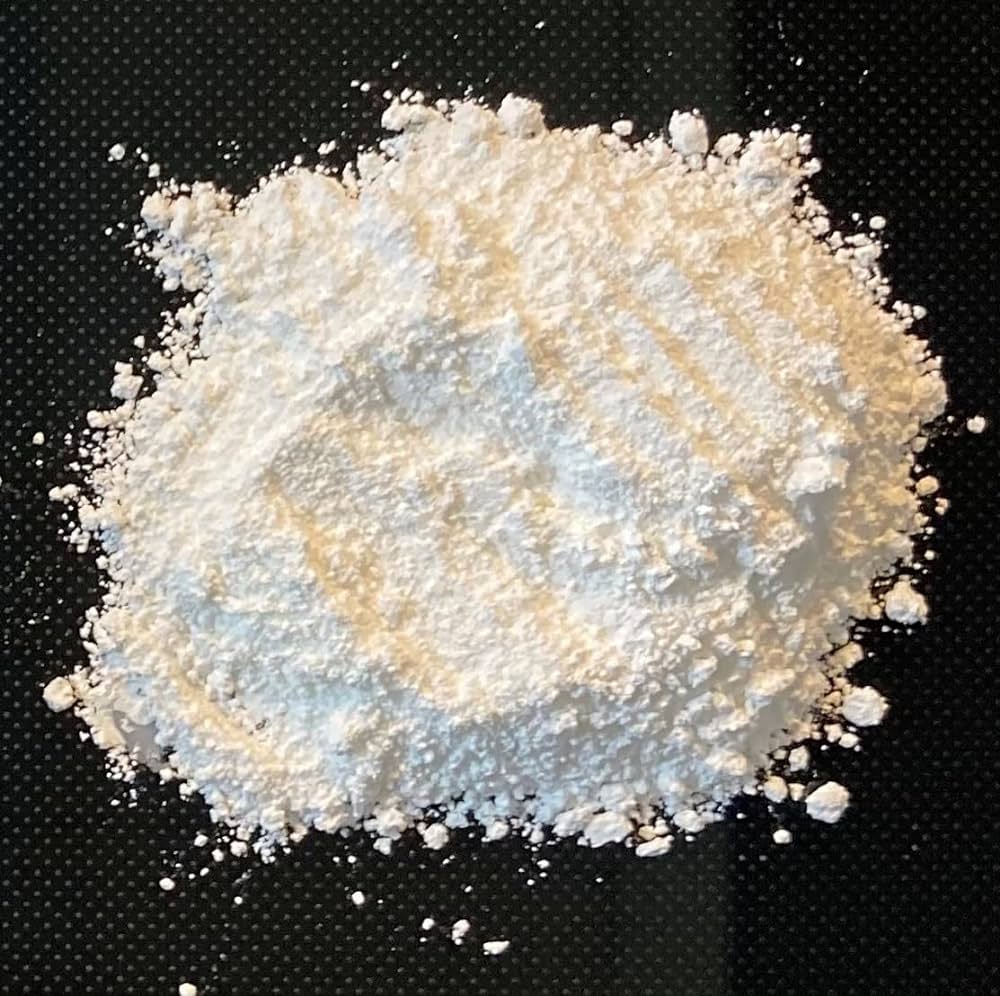In the field of thermal conductivity, the three best ceramic fillers are used!

At present, most research on thermally conductive polymer composites focuses on the research of highly thermally conductive fillers. This is because the improvement of thermal conductivity of composite materials mainly relies on the role of thermally conductive fillers. The selection of fillers is crucial to the thermal conductivity of composite materials, so many researchers are committed to developing new high thermal conductivity fillers.
Although metal particles and carbon materials (such as graphene, single-wall/multi-wall carbon nanotubes, etc.) have high intrinsic thermal conductivity and are beneficial to improving the thermal conductivity of polymers, these fillers often change the thermal conductivity while changing the thermal conductivity. It also changes the electrical insulation properties of the polymer, resulting in extremely high electrical conductivity and high dielectric constant, which cannot be applied to polymer-based composite materials with high thermal conductivity and excellent insulation properties. Therefore, the insulation field is paying more attention to ceramic fillers with extremely high intrinsic thermal conductivity and good insulation properties. So far, ceramic fillers include alumina, aluminum nitride, boron nitride, magnesium oxide, silicon carbide, etc. Among them, alumina, aluminum nitride, and boron nitride are currently the main ceramic fillers.
Alumina
Alumina is often chosen as a filler due to its lower cost and higher resistivity. Although its intrinsic thermal conductivity is lower than other particles, it has still been widely studied and applied. Among them, spherical alumina has become the most commonly used ceramic filler due to its extremely high cost performance. It should be pointed out that, generally speaking, to achieve higher thermal conductivity, the addition amount of alumina is higher, and the improvement effect is limited.
Aluminum nitride (AlN)
Compared with other thermally conductive insulating fillers, aluminum nitride particles have high thermal conductivity (theoretical thermal conductivity is 320W·m-1 K-1), high resistivity (resistivity greater than 1014Ωm), low dielectric constant and It has been widely studied due to a series of excellent properties such as dielectric loss, low thermal expansion coefficient (4.4×10-6K-1, similar to silicon) and non-toxicity, and has become an ideal filler for thermally conductive composite materials.
Hexagonal boron nitride
Hexagonal boron nitride is currently the most popular ceramic filler, mainly because hexagonal boron nitride not only has a high thermal conductivity (theoretical thermal conductivity 600 W/m·K), but also has excellent electrical insulation properties. Hexagonal boron nitride (h-BN) has a multilayer hexagonal structure similar to graphite. Its structural difference from graphene is mainly that nitrogen atoms and boron atoms are alternately arranged. This structure of hexagonal boron nitride makes nitrogen The strong SP2 covalent bond between atoms and boron atoms gives boron nitride excellent thermal conductivity. In addition to its high thermal conductivity, boron nitride also has good thermal stability, strong mechanical properties, oxidation resistance and corrosion resistance.
